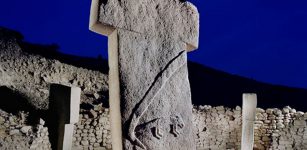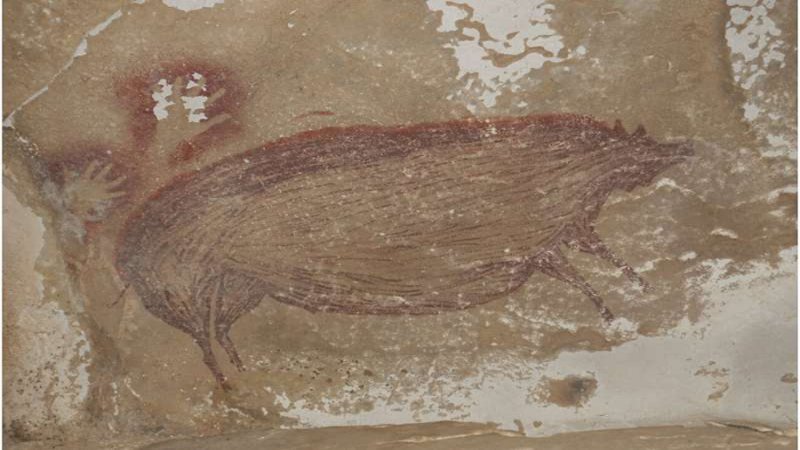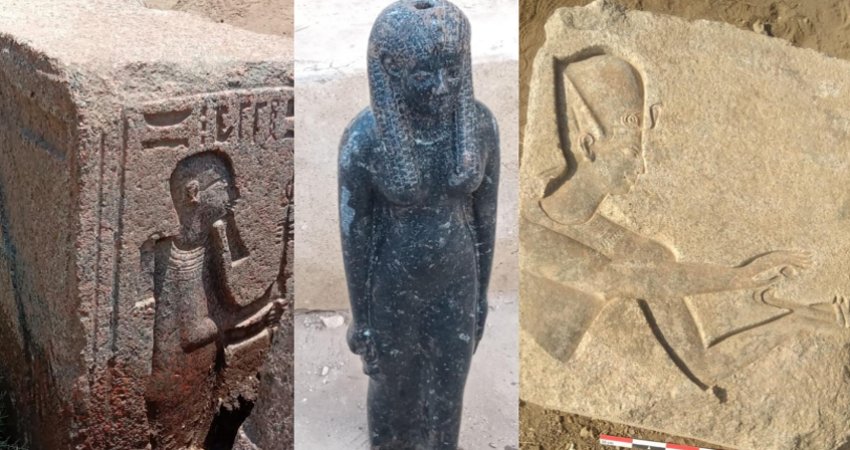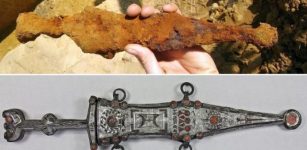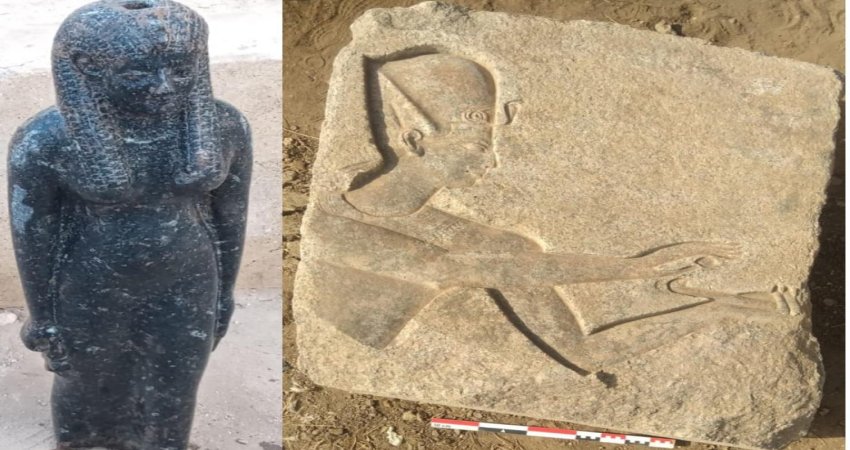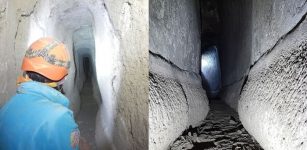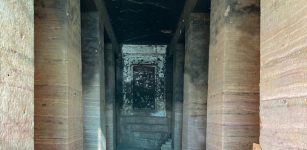Jordan Valley 12,000-Year-Old Village Unearthed Near The Sea Of Galilee
MessageToEagle.com – A prehistoric village that dates back to 12,000 BC was unearthed in the vicinity of the Sea of Galilee by archeologists from the Hebrew University in Jerusalem.
The site is located at the Ein-Gev River east of the lake. A series of excavations at the site revealed human remains, flint tools, artworks, animal fossils, ground stone tools, and bone tools.
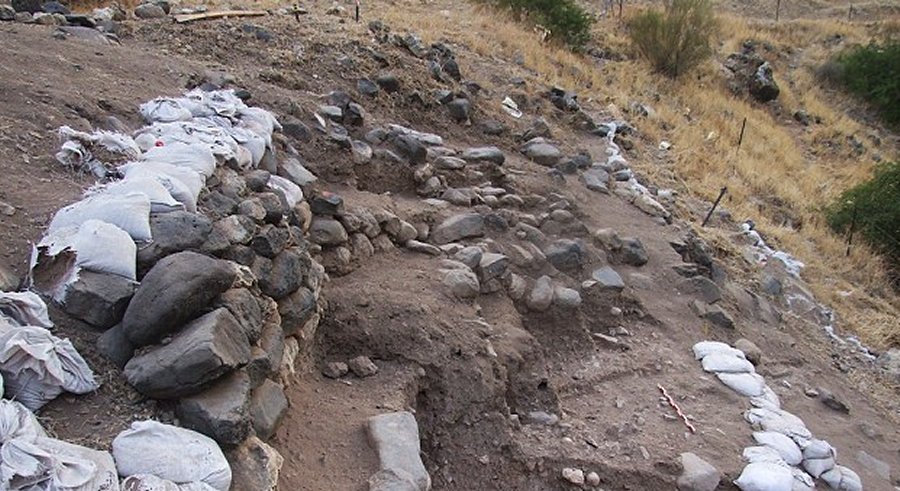
The findings show that many people lived in the area, which is estimated to have covered roughly 1200 square yards. The findings included cultural characteristics typical of both the Old Stone Age known as the Paleolithic period and the New Stone Age known as the Neolithic period.
See also:
Giant 11,000-Year-Old Mortars Used By The Natufian Culture – Mystery Solved?
“Characterizing this important period of potential overlap in the Jordan Valley is crucial for the understanding of the socioeconomic processes that marked the shift from Paleolithic mobile societies of hunter-gatherers to Neolithic agricultural communities,” said excavation leader Dr. Leore Grosman of the Institute of Archeology at the Hebrew University.
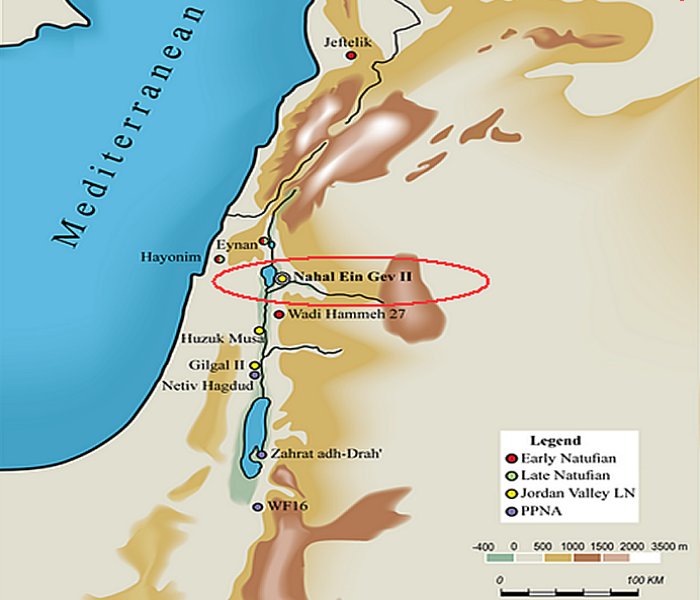
The end of the Paleolithic period was marked by the transition to settled villages and the domestication of plants and animals as part of the agricultural lifestyle in the Neolithic period.
The village is ‘one of the latest settlements in the Levant region of the Late Natufian subperiod, the last cultural subperiod of the Paleolithic era.’
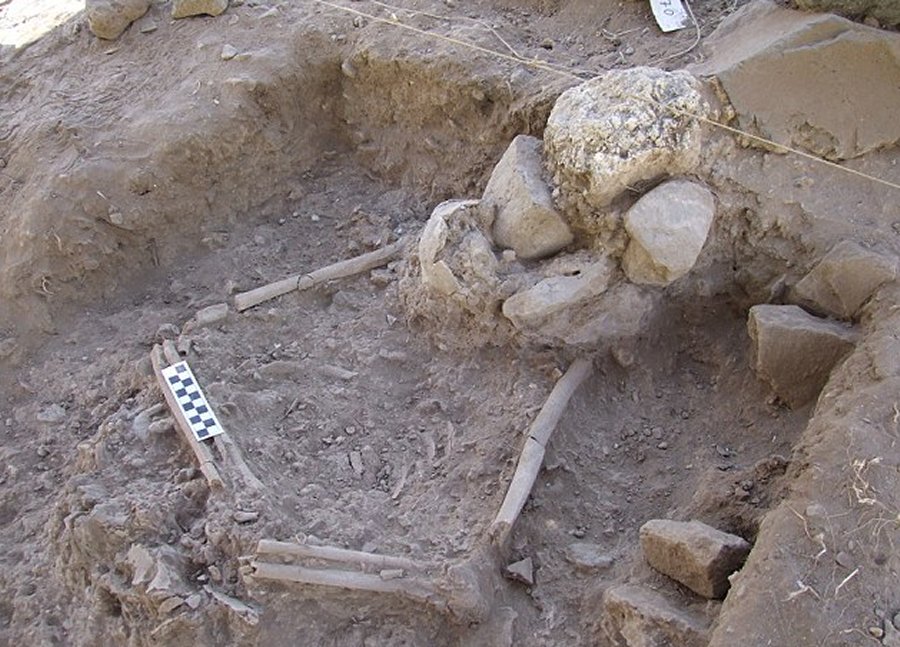
The excavation site was inhabited during the cold and dry global climatic event known as the Younger Dryas (11,600-12,900 years ago) when climatic changes caused Late Natufian groups in the Mediterranean to become increasingly mobile and smaller in size.
However, excavations at the site showed that groups in the Jordan Valley became more stationary and potentially larger in size during this period.
“The thick archeological deposits, the uniformity of the tool types, and the flint knapping technology indicate intensive occupation of the site by the same cultural entity,” said Dr. Grosman.
MessageToEagle.com
source: PLOS ONE


